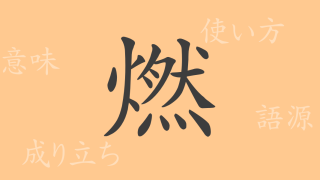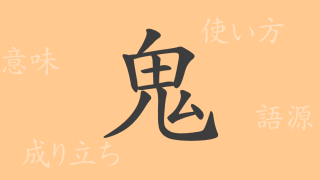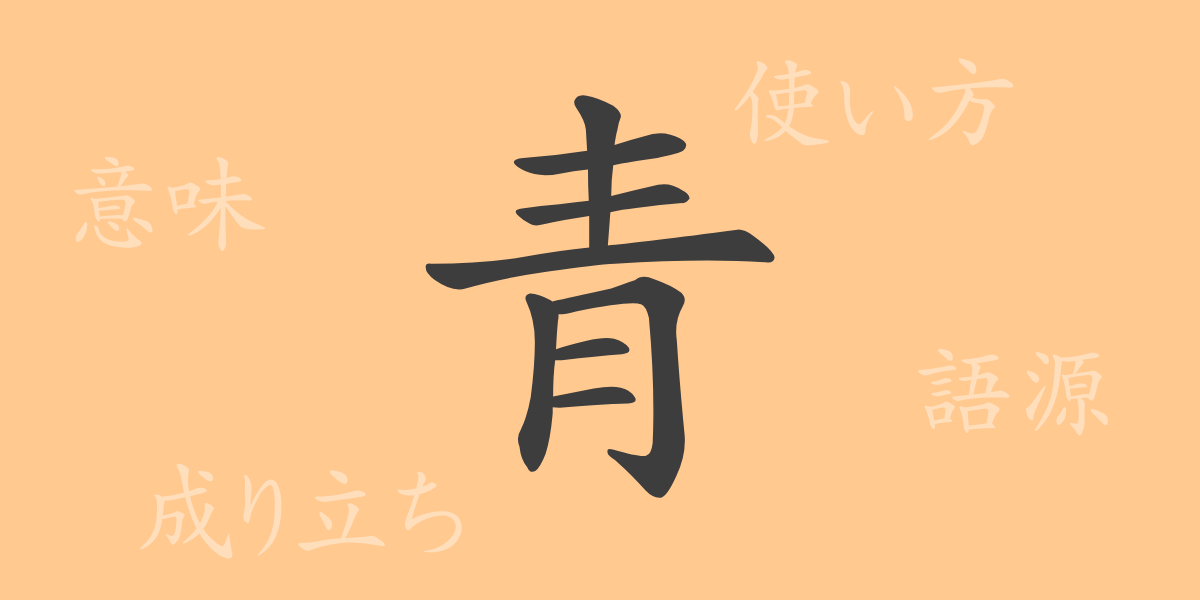The world of words woven with colors has the power to evoke emotions and landscapes. The Japanese kanji ‘青’ (あお), deeply rooted in Japanese culture, symbolizes nature’s beauty and youthfulness. This article explores the etymology, meaning, and usage of ‘青’, as well as related idioms and phrases, delving into its allure.
Origins of 青
The kanji ‘青’ originated in ancient China and was used to describe the color of the sky and vegetation. Its etymology is connected to ‘生’ (せい), representing the vibrant color of growing plants, symbolizing life’s breath. In ancient times, due to limited dye options, ‘青’ was often identified with other colors like green and black.
Meaning and Usage of 青
While ‘青’ primarily denotes a color, it embodies a rich set of meanings. It frequently symbolizes youth and freshness, as seen in the term ‘青春’ (せいしゅん), and is used to describe natural beauty in phrases like ‘青空’ (あおぞら) and ‘青海’ (あおうみ). Additionally, it reflects emotional states, as in ‘青ざめる’ (あおざめる), indicating a change in emotions.
Readings, Stroke Count, and Radical of 青
‘青’ has various readings in Japanese, which vary depending on its usage.
- Readings: On’yomi are ‘セイ’ (Sei) and ‘ショウ’ (Shou); Kun’yomi are ‘あお’ (ao), ‘あお-‘ (ao-).
- Stroke Count: ‘青’ consists of 8 strokes.
- Radical: The radical is ‘靑’ (あおがしら).
Phrases and Idioms Involving 青
There are numerous idioms and phrases that include ‘青’, each carrying distinctive meanings. For instance, ‘青天の霹靂’ (せいてんのへきれき) refers to sudden, unexpected events; ‘青二才’ (あおにさい) describes an inexperienced youth; and ‘青山を埋めるほど’ expresses an immense quantity or number. These expressions vividly convey scenes and emotions in everyday conversation and literary works.
Conclusion on 青
The kanji ‘青’ transcends its literal meaning as a color to represent the richness of nature, human emotions, and even personal growth and transformation. Its usage in Japanese reflects the sensibilities and values of the Japanese people, serving as a key to understanding culture through language. Through this article, we hope you have gained some insight into the profound world of ‘青’.

























